Nuclear Climate

What are the potential benefits and drawbacks of nuclear power in terms of climate change and energy security ?
Potential Benefits of Nuclear Power: - Low carbon emissions during operation, contributing to climate change mitigation. - High energy density of uranium enhances energy security by reducing reliance on imported fuels. - Ability to provide stable baseload power ensures reliability and energy security. Potential Drawbacks of Nuclear Power: - Significant GHG emissions from mining, refining uranium, plant construction, and decommissioning. - Long-lived radioactive waste poses challenges for climate change mitigation and environmental safety. - Risk of meltdowns and nuclear proliferation undermines energy security.
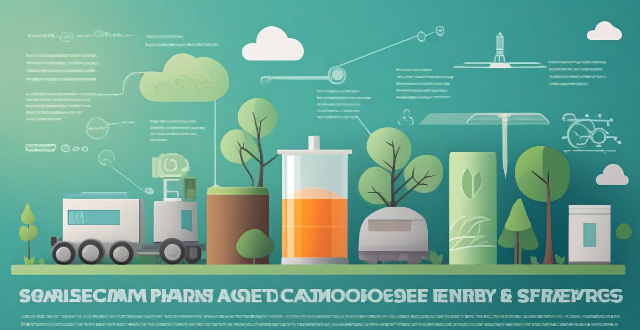
What role can nuclear power play in providing alternative energy solutions ?
Nuclear power is a low-carbon energy source that can contribute significantly to providing alternative energy solutions. It offers several advantages, such as low carbon emissions, high energy density, diverse fuel sources, waste management capabilities, economic benefits, job creation, and energy security. With its potential to reduce carbon emissions and mitigate climate change, nuclear power can play a crucial role in meeting our energy needs while also contributing to environmental sustainability.
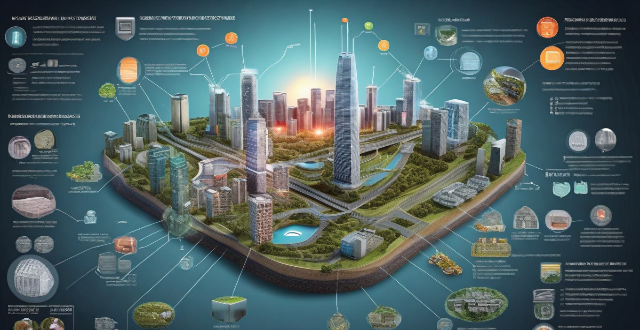
What is the future of nuclear energy in the energy market ?
The future of nuclear energy is promising, as it has advantages such as low carbon emissions, high energy density and baseload power. However, challenges like safety concerns, waste disposal, and high costs must be addressed. Increasing demand for clean energy, advances in technology, and integration with renewable sources can drive the growth of nuclear energy in the future.

How does the use of nuclear energy impact radiation levels in the environment and what measures are taken to mitigate this ?
This article discusses the impact of nuclear energy on radiation levels in the environment, highlighting the release of radioactive materials through air emissions, liquid discharges, and solid waste disposal. It also outlines mitigation measures taken at different stages of the nuclear fuel cycle, including design and construction, operation and maintenance, waste management, and decommissioning and site restoration. The article emphasizes that significant measures are taken to ensure the safe and reliable use of nuclear energy as a source of power.

What are some innovative technologies being developed to address climate change ?
The article provides a summary of innovative technologies being developed to address climate change. These include renewable energy sources such as solar, wind, hydroelectric, and geothermal power; carbon capture and storage (CCS) methods like post-combustion capture, oxy-fuel combustion, and pre-combustion capture; electric vehicles (EVs); smart grid technology; nuclear fusion; afforestation and reforestation; and green building design. These technologies aim to reduce greenhouse gas emissions, increase energy efficiency, and promote sustainable practices in order to combat climate change and transition towards a more sustainable future.

What are some emerging technologies or materials being developed for improved radiation protection ?
This article discusses various emerging technologies and materials being developed to improve radiation protection, including advanced shielding materials like nanomaterials and metal-organic frameworks (MOFs), smart detection systems for real-time monitoring and machine learning-powered analysis of radiation levels, personal protective equipment (PPE) such as next-generation spacesuits and radiation-resistant clothing, medical countermeasures like radioprotectants and gene therapy, and nuclear waste management solutions like Synroc and glassification. These advancements aim to enhance safety and security in environments where radiation is a concern, across sectors such as nuclear power generation, medical applications, space exploration, and nuclear waste management.

Can you explain the concept of "radiation shielding" and its importance in radiation protection ?
Radiation shielding plays a critical role in radiation protection by using materials to absorb or deflect harmful radiation, thus reducing exposure levels. This concept is essential in industries such as nuclear power generation, medical imaging, and space exploration, where high radiation levels pose risks. Radiation shielding is important for human health protection, safety in nuclear facilities, medical applications, space exploration, and environmental conservation. Various materials are used for radiation shielding, including lead, concrete, water, polyethylene, tungsten, and boron, each effective against specific types of radiation.
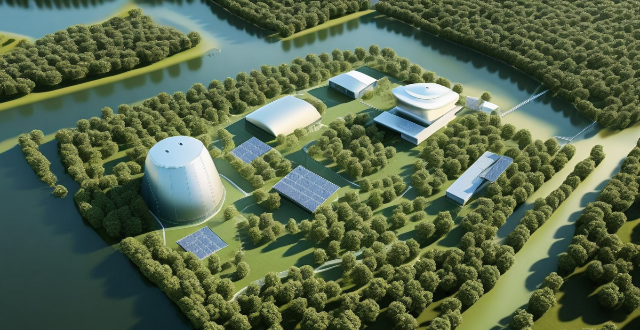
What technological advancements have been discussed or promoted at climate summits ?
Technological advancements discussed at climate summits include renewable energy technologies (solar, wind, hydroelectric power), energy efficiency and conservation measures (building design, transportation, industry), carbon capture and storage (CCS), nuclear power, agroecology and sustainable land use practices (regenerative agriculture, forest management, sustainable fisheries), and green finance and investment (green bonds, green banks, climate risk assessment). These strategies aim to mitigate the effects of climate change by reducing greenhouse gas emissions and promoting sustainable development.
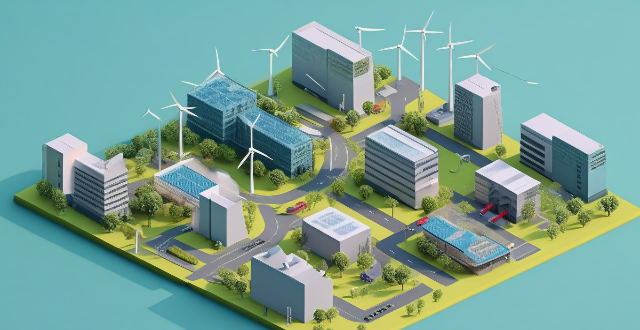
What innovative technologies are being developed to counteract climate change ?
Innovative technologies being developed to combat climate change include carbon capture and storage, renewable energy sources such as solar, wind, hydroelectric, and geothermal power, electric vehicles with advanced battery technology, smart grids, artificial photosynthesis, biofuels, nuclear power, geoengineering, green building design, afforestation and reforestation, sustainable agriculture, waste management and recycling, blue-green infrastructure, circular economy practices, digital innovations in energy management, eco-friendly transportation options, solar fuels, and strategies to mitigate urban heat island effects. These approaches aim to reduce greenhouse gas emissions, enhance energy efficiency, and promote the use of sustainable resources to address global warming and its impacts on the environment.
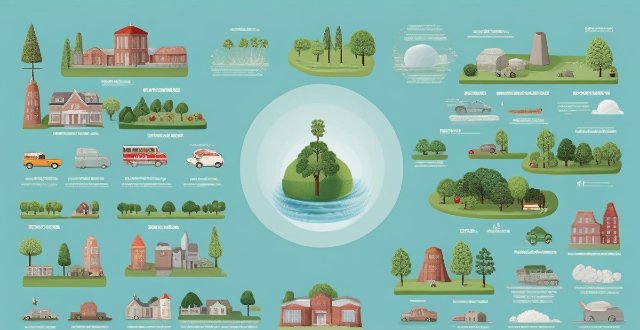
How does climate change influence resource competition and its impact on international relations ?
Climate change is significantly impacting resource competition and international relations by altering the availability and distribution of natural resources like water, food, and energy. This results in increased competition among nations for these resources, affecting economic systems, political structures, and global stability. Water scarcity due to changing precipitation patterns is causing conflicts, especially in regions sharing rivers or aquifers. Changes in temperature and rainfall patterns are affecting food production, leading to increased import dependency and potential conflicts over limited resources. Energy resource competition is shifting towards renewables due to climate change impacts on fossil fuels. Countries are engaging in mitigation and adaptation efforts through international agreements, technology transfer, and disaster risk reduction. While climate change presents challenges, it also offers opportunities for global cooperation in addressing this common threat.

How can we mitigate the effects of climate change ?
Mitigating the effects of climate change is a complex and multifaceted challenge that requires a combination of individual actions, technological innovations, and policy interventions. Here are some strategies that can help reduce greenhouse gas emissions and adapt to the changing climate: Individual Actions: - Reduce energy consumption by turning off lights and unplugging electronics when not in use, using energy-efficient appliances, and installing solar panels. - Use public transportation, carpool, or bike to reduce your carbon footprint. - Eat a plant-based diet to reduce your environmental impact. - Support renewable energy sources by advocating for clean energy policies and investing in renewable energy technologies like wind and solar power. - Reduce waste by practicing the three R's (reduce, reuse, recycle) to minimize waste and conserve resources. Technological Innovations: - Develop clean energy technologies such as advanced batteries, nuclear fusion, and carbon capture and storage. - Improve energy efficiency through energy-efficient building designs, appliances, and transportation systems. - Promote electric vehicles and expand charging infrastructure to reduce dependence on fossil fuels. - Implement smart grids to optimize energy distribution and integrate renewable energy sources more effectively. Policy Interventions: - Implement carbon pricing by introducing a tax on carbon emissions or implementing cap-and-trade systems to incentivize businesses and individuals to reduce their carbon footprint. - Enact clean energy policies by establishing laws and regulations that promote the development and use of renewable energy sources and phase out fossil fuel subsidies. - Invest in climate adaptation measures by allocating funds for projects that improve resilience to climate change impacts, such as seawalls, drought-resistant crops, and flood management systems. - Support international cooperation by collaborating with other countries to share knowledge, technology, and resources to address global climate challenges collectively. By taking these individual actions, embracing technological innovations, and implementing effective policies, we can work towards mitigating the effects of climate change and creating a more sustainable future for ourselves and future generations.

How does the Clean Energy Revolution impact climate change ?
The clean energy revolution, aimed at reducing greenhouse gas emissions and mitigating climate change, involves transitioning from fossil fuels to renewable sources like solar, wind, hydro, and geothermal power. This shift significantly reduces CO2 emissions, enhances energy efficiency in buildings, transportation, and industry, promotes sustainable practices such as waste reduction and reforestation, stimulates innovation in technologies like energy storage and carbon capture, and fosters international cooperation on climate action. Embracing the clean energy revolution is crucial for combating global warming and securing a sustainable future.

What innovative technologies are being developed to mitigate the effects of global warming ?
Innovative technologies are being developed to mitigate global warming and reduce greenhouse gas emissions. These include renewable energy sources, carbon capture and storage, nuclear fusion, electric vehicles, smart grid technology, afforestation and reforestation, energy efficiency improvements, biofuels and bioenergy, green building design, and climate engineering. Each of these technologies offers unique benefits and challenges in addressing the pressing issue of global warming.

How does reducing carbon footprint impact climate change ?
Reducing our carbon footprint is essential to mitigate climate change. It involves decreasing greenhouse gas emissions from activities like energy use and transportation. Direct effects include reduced fossil fuel consumption, improved energy efficiency, and increased carbon sinks through afforestation. Indirectly, it influences policy, drives economic changes, and promotes social awareness. Overall, reducing the carbon footprint leads to a sustainable culture, slowing down climate change.
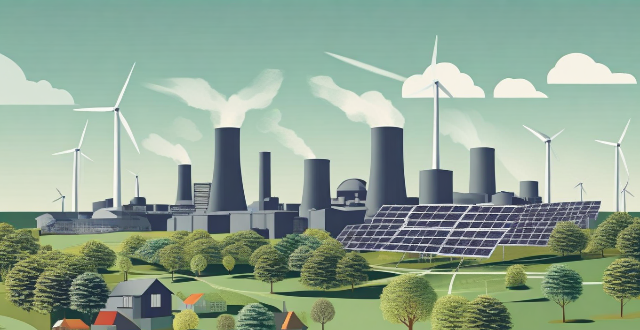
What are the alternatives to fossil fuels for energy production ?
The article discusses various alternatives to fossil fuels for energy production, including solar energy, wind energy, hydroelectric power, geothermal energy, biomass energy, and nuclear energy. It explains the working principles of each alternative and their advantages and disadvantages. The main advantage of these alternatives is that they produce clean energy with minimal greenhouse gas emissions, reducing the impact on the environment and climate change. However, some of them require significant investment and infrastructure development, while others have safety concerns or limited availability. Overall, the article highlights the potential of these alternatives in providing sustainable and reliable sources of energy for the future.

How does climate information sharing help in mitigating climate change ?
Climate information sharing is vital for mitigating climate change by enabling informed decision-making, raising public awareness, supporting research and innovation, promoting international cooperation, facilitating adaptation strategies, and leveraging technology. It empowers governments, businesses, communities, and individuals to take actions that reduce greenhouse gas emissions and adapt to the changing climate.

What technologies are being developed to help reduce carbon footprint ?
The text discusses various technologies being developed to help reduce carbon footprint, including renewable energy sources such as solar, wind, hydro, and geothermal power; electric vehicles (EVs) with improving battery technology and charging infrastructure; energy efficiency through building design, appliance efficiency, and smart grids; carbon capture and storage (CCS); and nuclear power. These technologies aim to combat climate change by reducing greenhouse gas emissions and promoting sustainable practices.

What is climate financing and why is it important for combating climate change ?
Climate financing is crucial for mitigating climate change by funding initiatives that promote renewable energy, sustainable infrastructure, and adaptation to climate impacts. It enables international cooperation, drives innovation, supports policy development, and encourages private sector participation. Furthermore, it contributes to achieving global goals and enhances public awareness about climate issues.
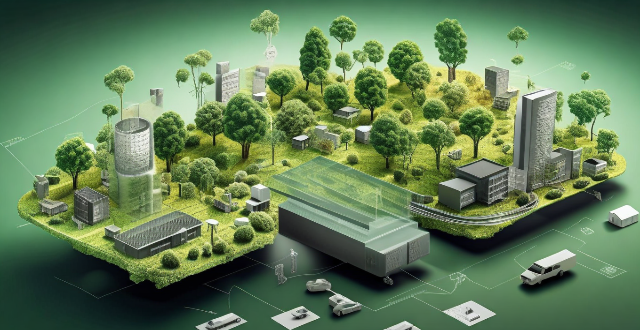
How can climate financing be used to mitigate and adapt to climate change ?
Climate financing is a key mechanism for both mitigating and adapting to the effects of climate change. It involves funding initiatives such as renewable energy projects, green transport, energy efficiency improvements, and research into cleaner technologies for mitigation. For adaptation, it supports infrastructure resilience, agricultural adjustments, health system strengthening, and community-based strategies. International cooperation through global climate funds and technology transfer further enhances the impact of climate finance. Collaboration among various stakeholders is crucial to effectively utilize climate finance for a sustainable future.

How do climate predictions account for natural climate variability ?
Climate predictions account for natural climate variability by incorporating natural drivers, using past climate records, ensemble modeling, focusing on long-term trends, assessing uncertainties, scenario analysis, and peer review and revision.

What are the implications of ignoring the views of climate skeptics on climate policy ?
Ignoring climate skeptics' views can lead to lack of diversity in thought, potential for misinformation, loss of public trust, opportunity costs, and polarization. Policymakers should consider diverse perspectives and engage with all stakeholders for effective solutions.

How can we differentiate between legitimate climate science and the opinions of climate skeptics ?
This article provides guidance on how to differentiate between legitimate climate science and the opinions of climate skeptics. It emphasizes the importance of looking for peer-reviewed research, checking the source of information, evaluating the evidence, considering the motives of those making claims, and consulting experts in the field. By following these guidelines, individuals can make informed decisions about climate change and contribute to efforts to address this critical issue.
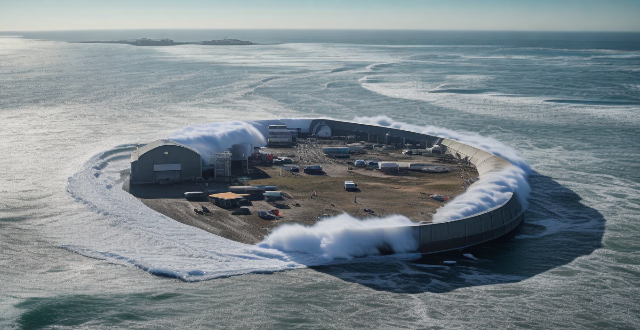
What is a climate refugee ?
Climate refugees are individuals who must relocate due to environmental changes from climate change, such as sea-level rise and extreme weather events. This displacement affects social structures, economies, and cultures, and there is a need for international cooperation and sustainable practices to address the issue. There is currently no specific legal status for climate refugees under international law.
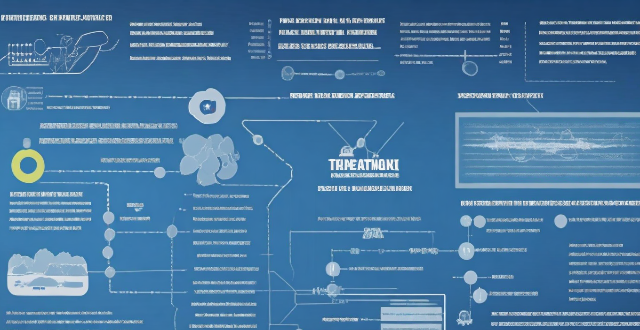
How do international climate agreements influence national climate policy assessments ?
International climate agreements influence national climate policy assessments by setting global goals and targets, providing guidance on best practices, facilitating technology transfer and cooperation, enhancing transparency and accountability, and offering financial support for climate action. Examples of such agreements include the UNFCCC, Kyoto Protocol, and Paris Agreement.

What is the significance of climate finance in achieving the goals of global climate governance ?
Climate finance is vital for achieving global climate governance goals, supporting mitigation, adaptation, sustainable development, innovation, cooperation, transparency, policy integration, capacity building, and private sector engagement.